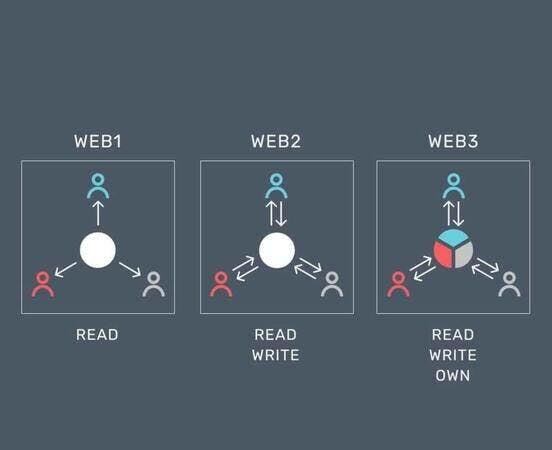The Web, also known as World Wide Web (www) was invented by Sir Tim Berners in 1989.
He saw the difficulty of sharing information where he worked.
He noticed different computers had to be accessed for different information. Sometimes you even had to learn a different program on each computer.
After his success in writing the first web page, Tim recognized that its potential would only be achieved if anyone, anywhere could use it without paying a fee or having to ask for permission.
The first stage of the web is being described as web 1.0. This is characterized by a few content creators with most users who are consumers of content.
Personal web pages were common, consisting mainly of static pages - mostly read-only.
At the moment web 2.0 which is an enhanced version of web 1 is characterized by interaction and collaboration. It focuses on user-generated content, usability, and interoperability for end-users.
Web 3.0 refers to the advancement of web utilization and interaction which includes altering the Web into a database.
In web 2.0, you could post something from your Twitter account but the authority at Twitter feels that information isn't needed in its' space, and boom! that data is kicked off. This shows the community at Twitter are the owners of that space and decide what goes on there.
Web 3.0 provides a platform where data and information on a space are controlled by no one or any organization.
It is decentralized that is no permission is needed from any centralized authority to post whatever. Such freedom! I don't know if it's an advantage.
This also means that computer applications will be written for everyone to view which will encourage maximum participation and improvements.
In web 2.0, you trust the community at twitter with your information, just like you trust the bank with your transaction processing. Users interacts with trusted intermediary.
Web 3.0 is trustless meaning the network itself allows participants to interact publicly or privately without a trusted third party. It is permissionless meaning that anyone can participate without authorization from a governing body.
As a result, Web 3.0 applications will run on blockchains or decentralized peer-to-peer networks. Blockgames in collaboration with Zuri Team has prepared a program where beginners will learn to solve problems using blockchain technology. Nestcoin operate and invest in simple products that make crypto accessible to everyone.





Top comments (0)